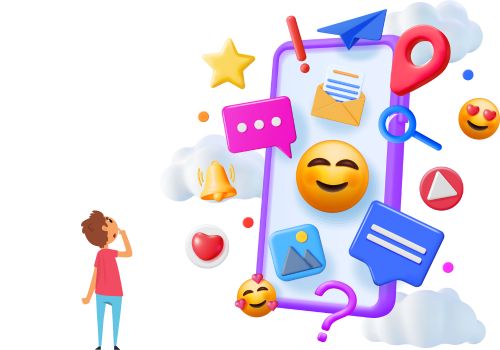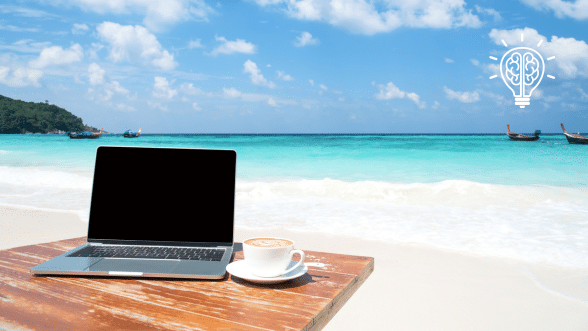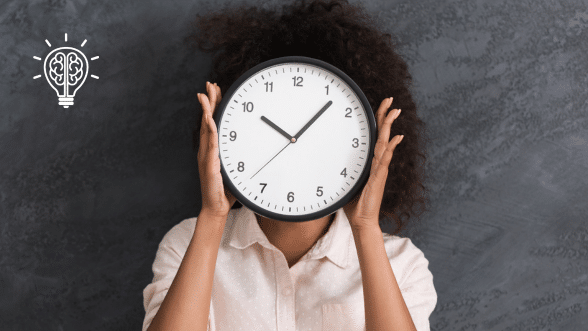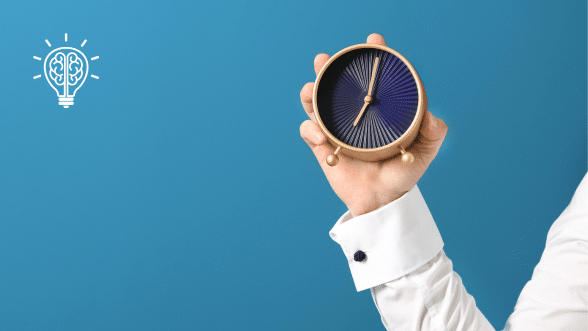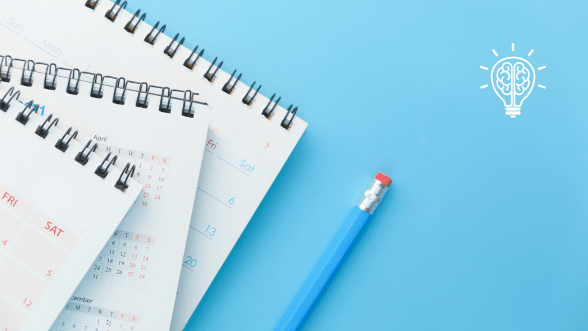In an age where the boundaries between our online and offline worlds often blur, understanding the concept of ‘Social Media Hygiene’ is becoming increasingly essential. Social media platforms, especially apps like TikTok, have found massive popularity among students and young adults. While they offer numerous benefits, they also come with pitfalls. This article aims to present a balanced perspective on social media use, emphasizing the importance of responsible engagement.
The User’s Perspective: The Allure of Social Media
For many students and young adults, platforms like TikTok offer more than just entertainment.
1. Community & Belonging: Many users find a sense of community and belonging in niches they’re passionate about.
2. Self-Expression: Social media gives young adults a platform to express themselves and showcase their talents.
3. Instant Gratification: The immediate feedback loop of likes, shares, and comments provides a quick boost of dopamine.
4. Learning & Awareness: Beyond the dance challenges and memes, platforms like TikTok are becoming hubs for quick learning and raising social awareness.
Pro Tip: Dive deeper into the content genres you truly resonate with. Following educational or self-growth channels can enhance your social media experience.
The Outside Perspective: The Hidden Costs of Social Media
While the appeal is evident, there are also potential drawbacks:
1. Mental Health Concerns: Comparisons, cyberbullying, or the constant need for validation can adversely affect mental health.
2. Distraction & Procrastination: The infinite scroll can lead to hours of unplanned browsing, hampering productivity.
3. Privacy Concerns: Oversharing or not using privacy controls can lead to personal information being misused.
Discussing Social Media Hygiene: Striking the Balance
To effectively talk about social media hygiene:
1. Acknowledge the Benefits: Recognize the positive aspects of social media. This creates a foundation for a balanced discussion.
2. Highlight Potential Risks: Rather than just imposing limits, explain the potential risks and consequences.
3. Promote Conscious Usage: Encourage the use of social media with purpose rather than mindless scrolling.
Pro Tip: Consider having open discussions or workshops on digital well-being and the responsible use of technology.
Strategies for Balanced Social Media Usage
1. Scheduled Breaks: Use social media as a reward, perhaps after a productive study session or work period.
2. Digital Detox: Dedicate certain days or weekends to stay off social platforms to recharge.
3. Curate Your Feed: Follow accounts that uplift, educate, or inspire you, ensuring quality over quantity.
4. App Limitations: Use built-in app features or third-party apps to set daily usage limits.
Pro Tip: Try the 20-20-20 rule. For every 20 minutes on social media, take a 20-second break and focus on something 20 feet away to rest your eyes.
Developing Exit Strategies: Escaping the Social Media Vortex
We’ve all been there—what starts as a 5-minute scroll turns into hours lost. Here’s how to pull back and shift back to productivity:
1. Set Alarms: Allocate a specific duration and stick to it.
2. Physical Barriers: Consider keeping your phone in another room during work/study hours.
3. Accountability Partner: Share your goals with a friend, and keep each other in check.
4. Question Yourself: Before unlocking your phone, ask, “What’s my purpose?” This conscious check can prevent mindless browsing.
Pro Tip: Create a physical or digital ‘To-Do’ list. Whenever you feel the urge to scroll, tackle one item from the list instead.
In Conclusion
Social media, in itself, is neither good nor bad—it’s how we use it that defines our experience. With awareness, balance, and a few strategic habits, we can enjoy the digital world’s benefits while safeguarding our well-being.
Remember, it’s not about complete avoidance but mindful engagement. After all, our time, energy, and mental space are among our most precious resources. Let’s use them wisely!
